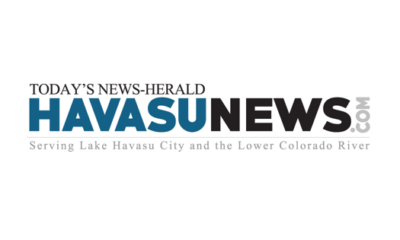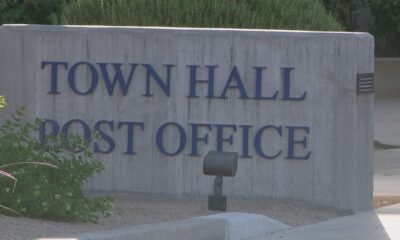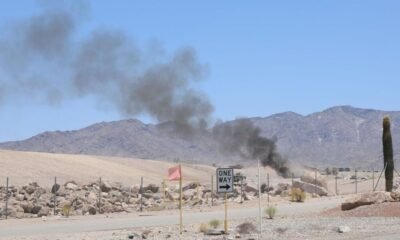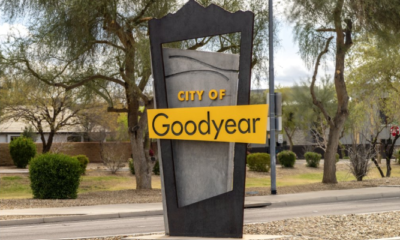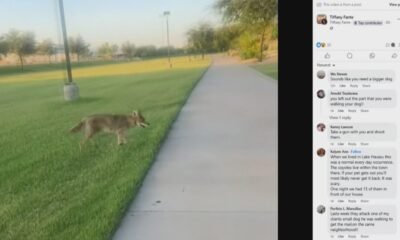County News
ADEQ and Officials Address Rising Smoke Concerns in Verde Valley
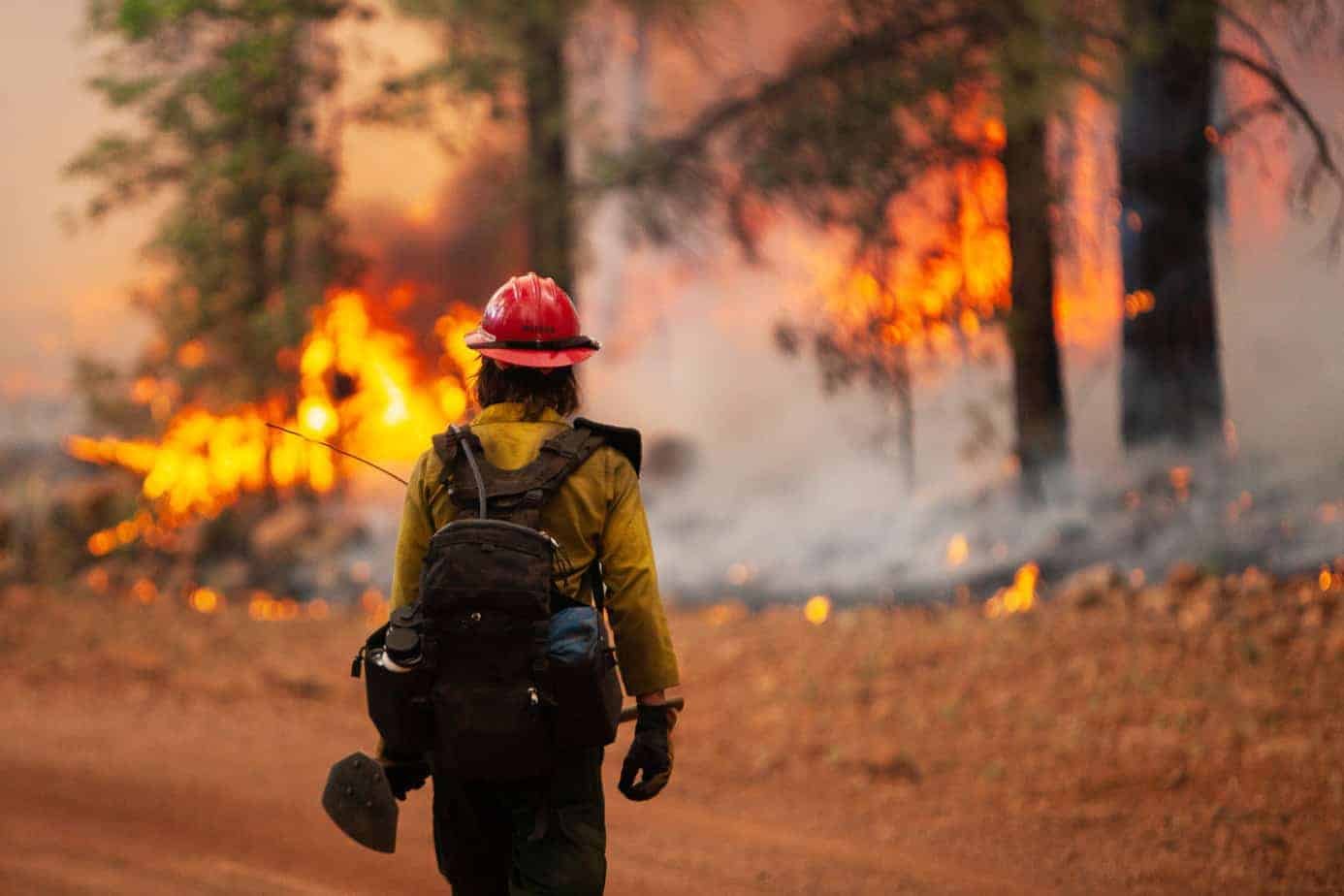
The Arizona Department of Environmental Quality (ADEQ), in partnership with the U.S. Forest Service and the Arizona Department of Forestry and Fire Management, hosted a public meeting on prescribed fire management on October 2 at the Camp Verde Community Library.
The fall burn season for the Coconino National Forest is typically scheduled from early October through December. The Coconino National Forest has outlined plans for 14 prescribed burn projects across its districts, covering thousands of acres. The implementation of these projects is contingent upon suitable weather conditions.
Residents expressed concerns during the meeting about smoke emissions from the burns scheduled for October and November. Brody Droppleman, ADEQ Smoke Management Meteorologist, clarified that air quality monitors recorded no exceedances of the EPA’s daily PM2.5 standard, which is set at 35.5 micrograms per cubic meter.
Droppleman stated, “If you’re smelling smoke, you are breathing smoke. If you are sensitive, you should limit your activity.” Monitoring data indicated that while Sedona’s air quality showed elevated PM2.5 levels for several hours during last year’s burns, Camp Verde’s monitors remained compliant with EPA regulations.
Should a monitor exceed the 35.5 standard, restrictions would be placed on additional ignitions, and health advisories would be heightened. Research from NOAA indicates that climate change has intensified fire conditions in the western United States, leading to a notable increase in wildfire frequency.
In 2023, the U.S. Forest Service received $1.4 billion through the Bipartisan Infrastructure Law to manage fires across 50 million acres of public land, with local projects including the Four Forest Restoration Initiative. This initiative aims to burn nearly 200,000 acres across multiple national forests at an estimated cost of $111.1 million.
The benefits of prescribed burns were underscored by meeting presenters, who noted they help mitigate wildfire risks, improve forest health by clearing dead vegetation, and enhance soil nutrients. Ron Sherron, USFS Southwest Regional Smoke Coordinator, emphasized the vital role smoke plays in forest regeneration.
A study conducted by Oregon State University highlighted potential benefits of smoke, suggesting it can help protect tree seedlings by reducing sunlight and lowering surface temperatures, especially during extreme heat events. However, ADEQ’s Matt Pace pointed out that fire management has become increasingly complex, with average annual precipitation dropping significantly over the last three decades.
In addition to drier conditions, Pace noted an increase in wind speeds, which complicates burn procedures. In light of diminished resources due to numerous wildfires nationwide, Red Rock Ranger District’s District Ranger Alex Schlueter raised concerns about possibly inadequate resources for prescribed burns.
A smoke complaint hotline has been established at (928) 226-4608. For those interested, the recording of the public meeting can be viewed at azdeq.gov/smokemanagement.
Further information about air quality and fire conditions can be found on the joint EPA and USFS platform at fire.airnow.gov.
